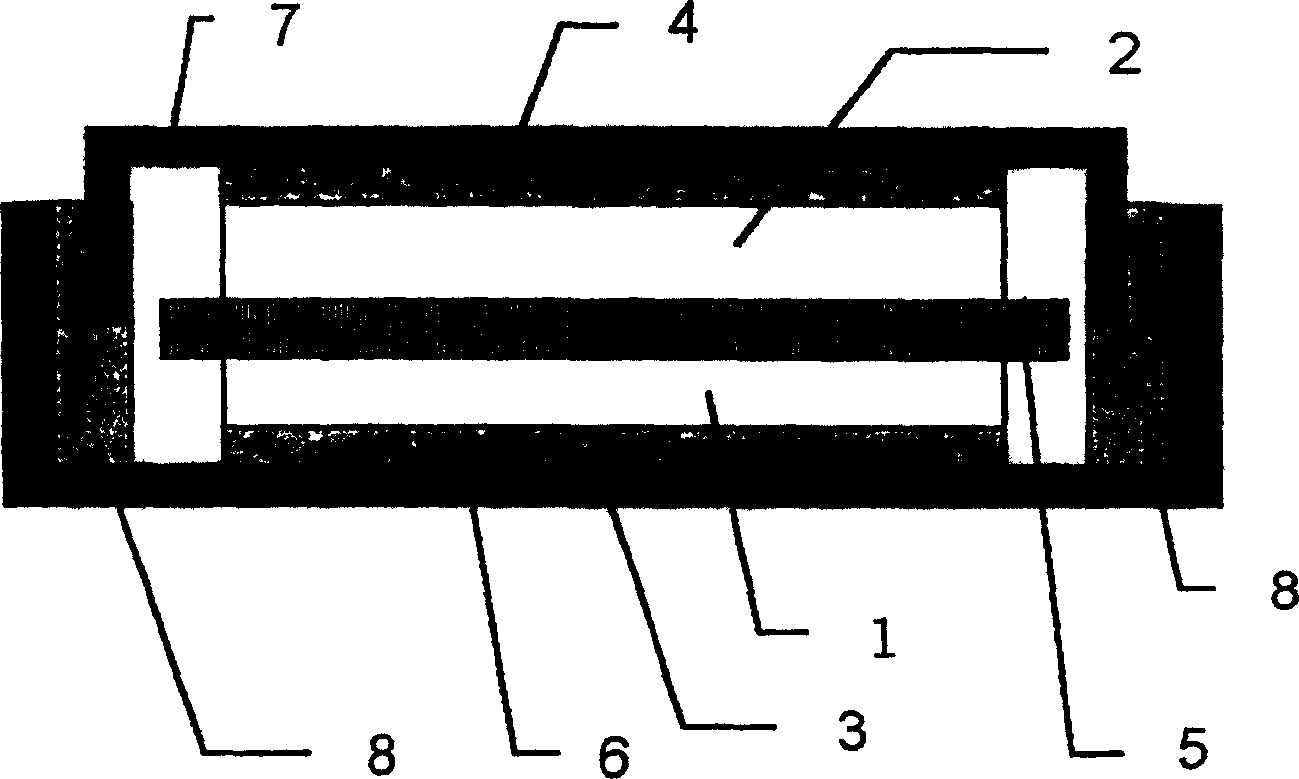Secondary cell
A secondary battery and electrolyte technology, applied in the direction of secondary batteries, battery electrodes, lithium batteries, etc., can solve the problems of capacity reduction, electrolyte deterioration, etc., and achieve the effect of excellent performance
- Summary
- Abstract
- Description
- Claims
- Application Information
AI Technical Summary
Problems solved by technology
Method used
Image
Examples
Embodiment
[0067] Hereinafter, the present invention will be described in detail by showing examples. In this example, it is expressed as figure 1 A coin-type battery is shown.
[0068] The 22 types of batteries shown in Tables 1 to 4 were produced in the following procedure.
[0069] (Preparation of positive electrode) As the supply source of Mn, Ni, Li, Ti, Si, Al, F, MnO 2 , NiO, Li 2 CO 3 、TiO 2 , SiO 2 、Al 2 o 3 , LiF is weighed according to the method of achieving the target metal composition ratio, pulverized and mixed. Furthermore, LiF also serves as a Li supply source. Then, the powder obtained by mixing the raw materials was fired at 750° C. for 8 hours. All the crystal structures thus obtained were confirmed to have a substantially single-phase spinel structure. In addition, as shown in Table 1, all the prepared active materials had an average discharge potential of 4.5 V or more with respect to Li metal.
[0070] The produced positive electrode active material and...
PUM
| Property | Measurement | Unit |
|---|---|---|
| Dielectric constant | aaaaa | aaaaa |
Abstract
Description
Claims
Application Information
 Login to View More
Login to View More - R&D
- Intellectual Property
- Life Sciences
- Materials
- Tech Scout
- Unparalleled Data Quality
- Higher Quality Content
- 60% Fewer Hallucinations
Browse by: Latest US Patents, China's latest patents, Technical Efficacy Thesaurus, Application Domain, Technology Topic, Popular Technical Reports.
© 2025 PatSnap. All rights reserved.Legal|Privacy policy|Modern Slavery Act Transparency Statement|Sitemap|About US| Contact US: help@patsnap.com

